Roses without thorns: description of varieties
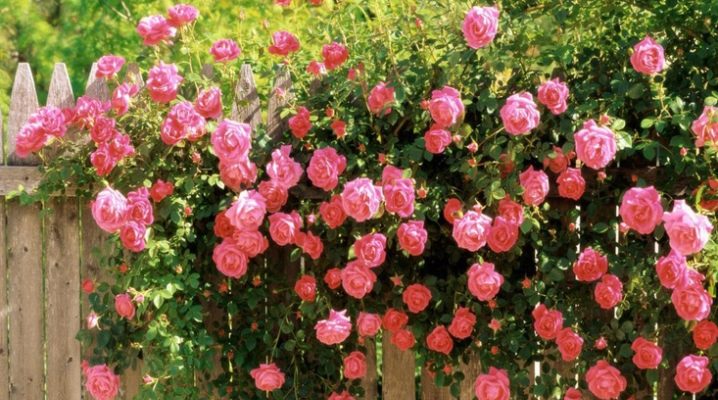
Among the huge assortment of roses, the most popular are the plants called thornless. Flowers with this name are ideal for creating landscape and park areas. The article provides a description of some varieties of thornless roses, and also discusses the nuances of their choice.
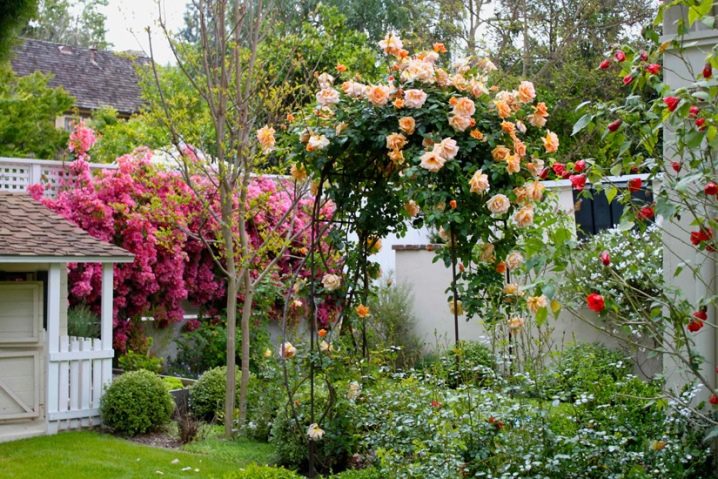
Peculiarities
Roses without thorns are distinguished by the complete or partial absence of thorns on the stems. The thorns of such plants, in contrast to the thorns of classic roses and rose hips, are softer and amenable to deformation. They are located in the lower part of the stem, and as they move towards the bud, they fade away or form single short (up to 1 mm) soft thorns.
This feature allows you to painlessly cut flowers and take care of plants.

Despite the positive qualities, the thornless varieties of roses have the following disadvantages:
- reduced resistance to precipitation;
- single flowering;
- increased risk of fungal diseases;
- low frost resistance.
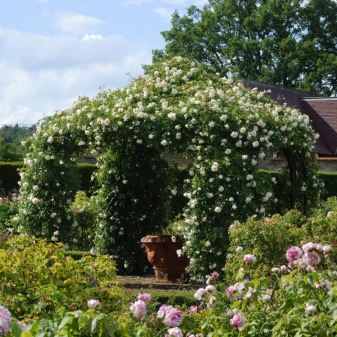
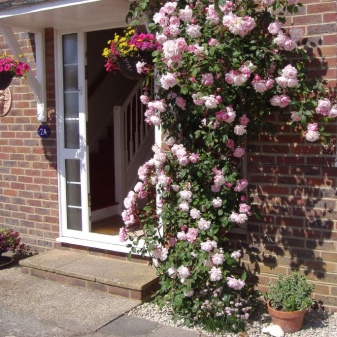
Views
Roses are divided into 9 groups.
- Repaired. This is the name of the rose hybrids bred in the 19th century. They are distinguished by double flowers. The aroma is strong and persistent. Bushes grow up to 200 cm in height.
- Hybrid tea. Obtained by breeding remontant varieties with tea. Multiple flowering, double buds, collected in brushes or single.
- Polyanthus. Bred by the method of selection of Chinese and multi-flowered roses. The buds are small, located in inflorescences, have a weak aroma.
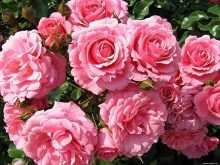
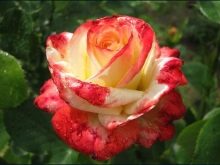
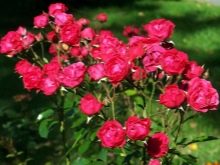
- Floribunda... Selection of polyanthus, hybrid tea, Pernetsian and other varieties of roses.
- Patio. There is no exact definition, the main feature is that the height does not exceed 55 cm. It blooms profusely.
- Climbing. Last year's shoots are profusely flowering, this feature affects the process of pruning the plant. Appeared in the course of crossing multi-flowered, North American climbing, hybrid tea roses.
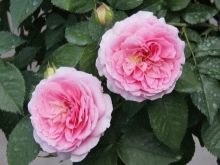
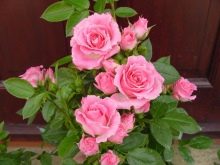
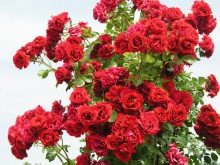
- Groundcover. Creeping shrubs up to 150 cm wide. The shape of the branches is arcuate, drooping.
- Shrub. The second name is shrabs. They are distinguished by a solid, strong, stiff trunk. They reach a height of 200 cm. They are resistant to diseases and frosts.
- Stamp. As a rule, the bush resembles a tree (a single trunk with a cap of flowers). All stems are formed by grafting any kind of rose on a rose hip. Shelter is needed during wintering.
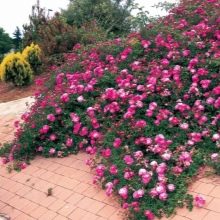
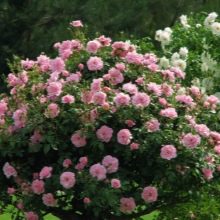
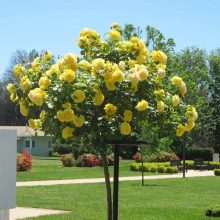
Varieties
Alberic barbier
The variety appeared in 1890. The color of the flowers - from peach to white, changes over time. On one lash, from 1 to 3 large flowers 17 cm in size are formed. The aroma is medium-persistent. Plant height - about 500 cm, in width grows up to 400 cm. Resistance to diseases is average.
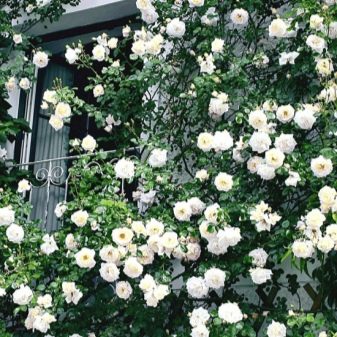
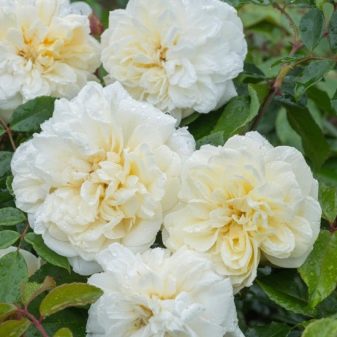
Paul transon
Shrub rose, bred in France in 1900. Differs in threefold flowering during the vegetative period. With each wave of flowering, subsequent flowers become smaller, with a fading color. The color of the petals is pink with a peach tint. On the stems, clusters of 6-10 buds with a rich aroma are formed. The flowering period is in mid-spring and autumn. Disease resistance is average.

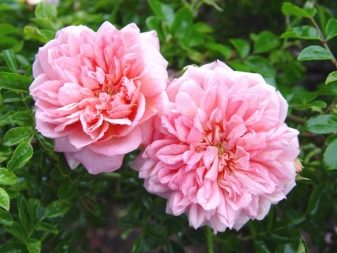
Crimson Rambler
Bred in Japan in 1893, in different countries presented under different names. The bush grows up to 4 meters, in warm climates - up to 7 meters. The appearance of buds in early summer is considered a disadvantage.

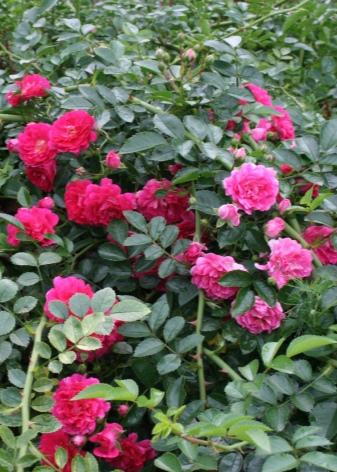
Gerbe rose
The color of the petals is deep pink, red-pink or cherry-raspberry. The clusters are formed by 20 buds with almost no aroma. The size of the flowers is up to 5 cm. The shoots are long (on average, about 500 cm).Disease resistance is reduced.
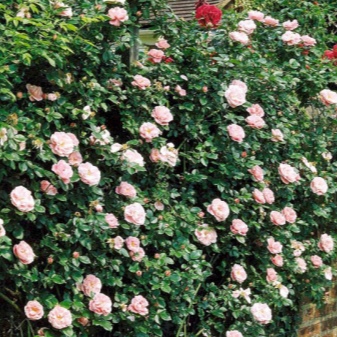

"Lacorn"
A low-growing plant with large flowers located on a peduncle. During the period of falling petals, the peduncle droops. Pink colour. Fruits and pedicels are dotted with glandular bristles that produce sticky droplets. The foliage is dense, dark green.
Heritage
Flowers in pastel shades of pink. The plant grows up to 100-150 cm in height. Multiple flowering. With proper care, the bottom of the barrel is practically not exposed. Arcuate shoots with dense green foliage. The plant does not tolerate shade, needs full daylight.
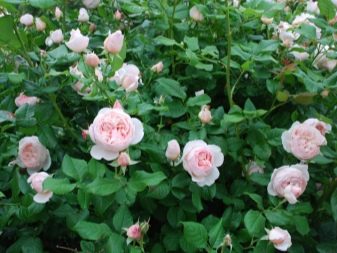
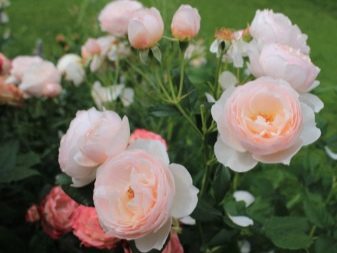
Fantin-Latour
The name of the rose was first mentioned in the middle of the 20th century. The flowers are light pink with a transition to white. Long-flowering variety. The buds are collected in a brush of 5-10 pieces, the aroma is intense. The diameter of the flower is 9 cm. It reaches 170 cm in height, and grows in width to 200 cm. Disease resistance is reduced.

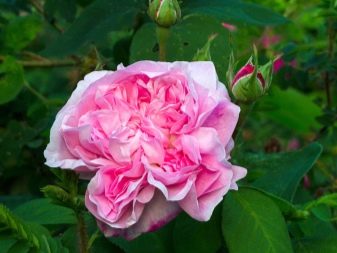
Lemon Blush
Hybrid plant born in 1976. The flowers are yellow-peach, white at the edges. Long-lasting flowering. The plant belongs to semi-vine varieties.
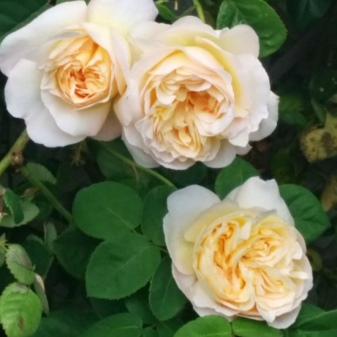
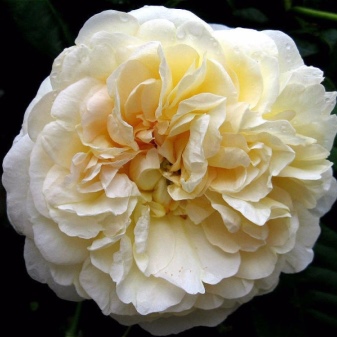
Mme alfred carriere
The flowers are painted in light pink shades, close to white. 5 buds with a diameter of about 10 cm are formed on the stems. The aroma is rich, strong. Abundant flowering. Plant height - up to 500 cm, width - up to 300 cm. Resistance to diseases is average.
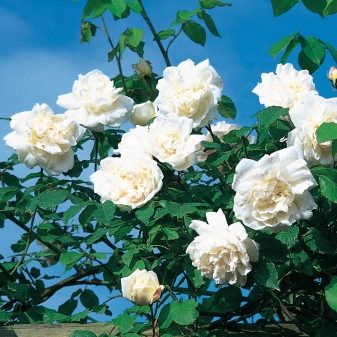
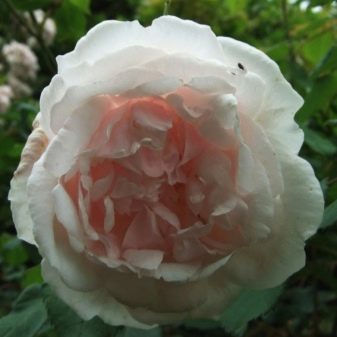
Maman turbat
Polyanthus cultivar with flowers painted in pinkish shades, collected in a brush of several pieces. The plant is low, grows up to 70 cm, is resistant to frost and disease. Capable of continuous flowering.
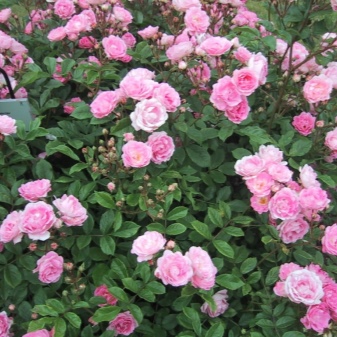

Maria Liesa
The original rose is distinguished by small, simple flowers, collected in large clusters, reminiscent of a hydrangea. The color is bright pink. There is no aroma. The variety is undemanding to care. The height of the bush is about 300 cm, the width is 200 cm. Resistance to diseases and precipitation is increased.

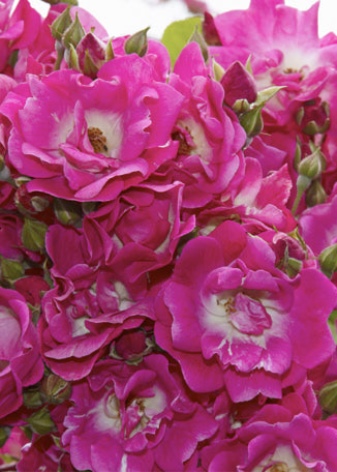
Marie-jeanne
A low-growing plant, reaching a height of 80 cm. Flowers are double, small, collected in a brush up to 10 pieces. The buds are painted in a delicate pink-white shade, have a very light aroma. The bush is dense, especially decorative. Resistance to diseases and precipitation is average.

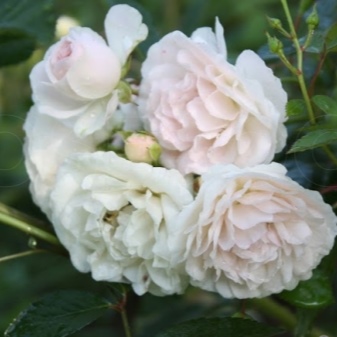
Rosa pendulina
The bush can be short (up to 90 cm), but with proper care it can reach 300 cm in height. The flowers are simple, five-petaled, 4 cm in diameter, painted in bright pink tones. The rose blooms once a year for several weeks. The fruit is a rose hip.
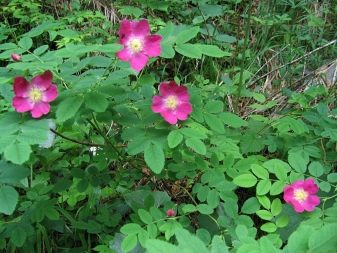
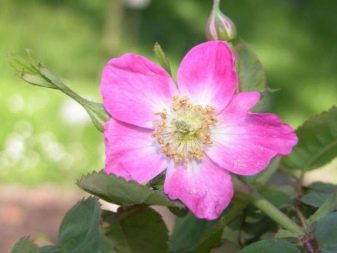
Rosalita
Fountain-shaped hybrid bush. Flowers are small, collected in a brush up to 10 pcs. The petals are colored in pale yellow and cream shades, the aroma is strong, musky. With age, the petals become white. The foliage is large, shiny, rounded, cinnamon greenish. Young leaves are bronze colored. The height of the shrub is up to 150 cm. Resistance to diseases and precipitation is increased.
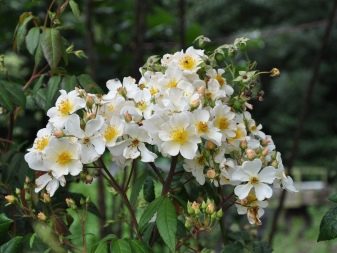
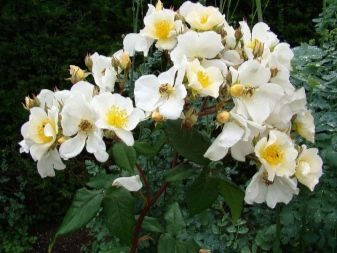
How to choose?
So that the garden rose does not die and pleases with flowering for a long time, you need to choose the right variety that is suitable for your region and site. To do this, you should take into account some basic points.
- If the rose bush will be located in a winter-hardy area, it is worth giving preference to shrub, ground cover, park plants. Suitable Canadian varieties, Floribunda.
- It is important to clarify whether the seedling is a grafted or pure hybrid, for which soil it is intended.
- It is recommended to purchase young plants not older than 2 years.
- Before planting, seedlings with bare roots must be disinfected.
Presence of woody shoots is desirable.
For more on roses, see the next video.

































































































Thank you for such a fascinating conversation about roses.
The comment was sent successfully.